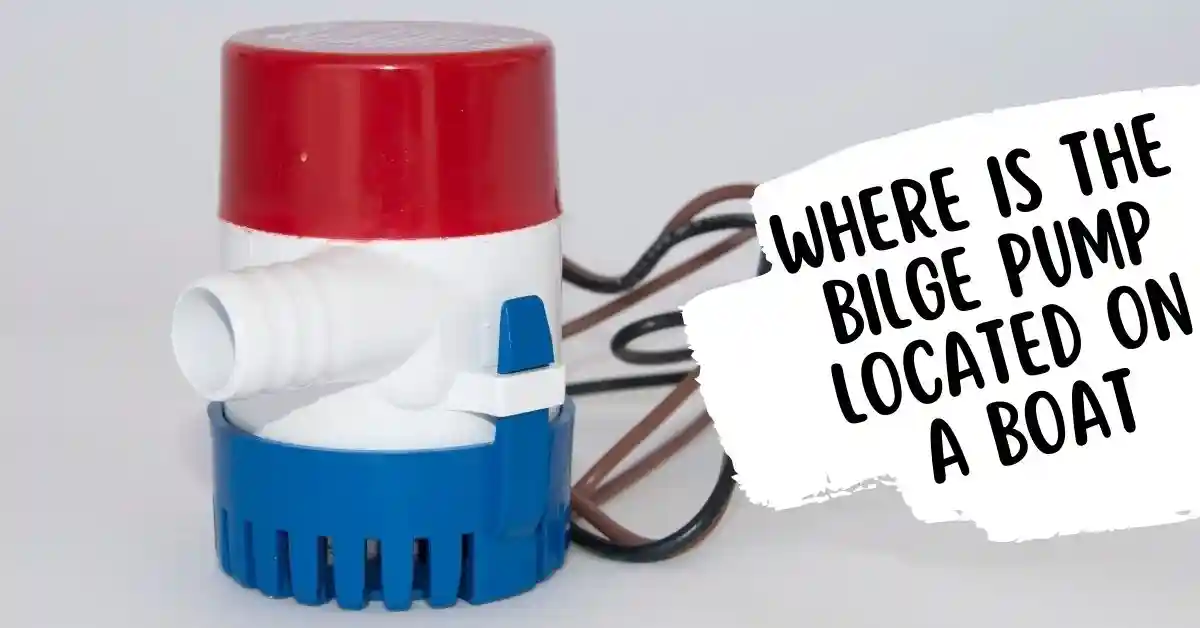A bilge pump is a vital piece of equipment found on boats that helps to keep the vessel free of water. It is a pump that is designed to remove water from the bilge, which is the lowest compartment on a boat where water can collect.
Water can enter the bilge for various reasons such as rain, waves, or leaks in the boat’s hull or plumbing. If left unattended, excess water can accumulate in the bilge and make the boat unstable, cause damage to the structure, or even sink the vessel.
Table of Contents
ToggleWhat is Blige Pump?
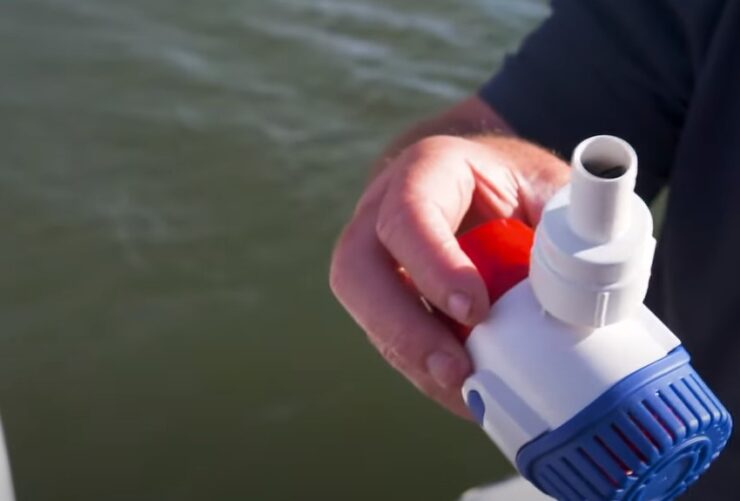
A bilge pump typically consists of a motor, impeller, and a pump housing that is designed to move water out of the bilge and overboard. The pump can be manually or automatically operated, depending on the type of pump installed on the boat.
- Manual pumps require someone to manually pump a handle or lever to remove the water. These types of pumps are often used as backup pumps or in emergency situations where power is not available.
- Automatic pumps, on the other hand, are designed to turn on and off automatically, depending on the water level in the bilge. They are typically wired to the boat’s electrical system and can be set to turn on at specific water levels.
It’s important to regularly check the bilge pump to ensure it is in good working condition and able to handle any water that may enter the bilge.
A bilge pump on a boat is not usually visible to people. But we need to know about its locations due to a few important operations. However, it could cost you significantly if you can not find the bilge pump at times.
Bilge Pump System Components
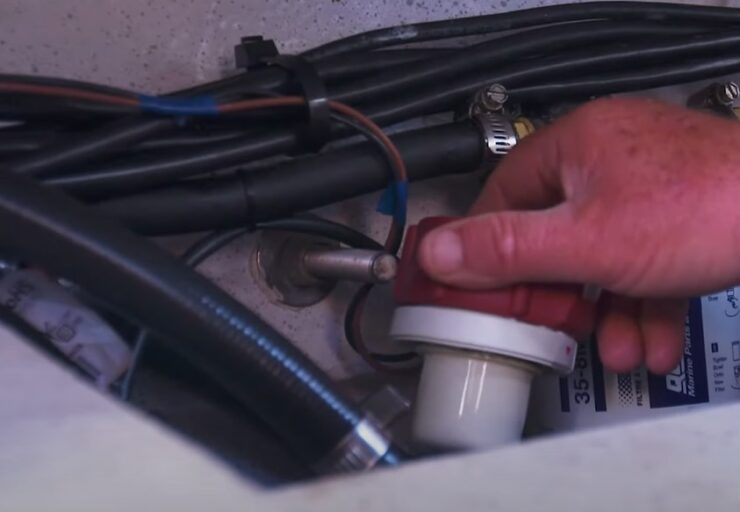
System is made up of several components that work together to ensure that the bilge is kept dry and the boat remains safe. Here are the key components of a bilge pump system:
Bilge Pump
The bilge pump is the heart of the system, and it is responsible for pumping water out of the bilge and overboard. Bilge pumps come in different sizes and capacities, and they can be either manual or automatic.
Float Switch
Automatic bilge pumps are typically connected to a float switch that turns the pump on and off based on the water level in the bilge. The float switch is activated when the water level rises, and it turns the pump on. When the water level drops, the float switch turns the pump off.
Control Panel
The control panel is the brain of the system, and it provides power to the bilge pump and the float switch. The panel also has a manual override switch that allows the bilge pump to be turned on manually.
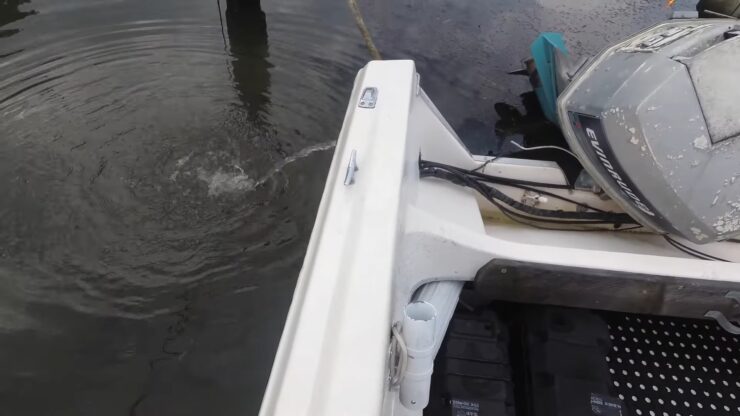
Hose
The hose is used to direct the water pumped out by the bilge pump overboard. The hose should be securely clamped to the pump and the thru-hull fitting to ensure that it does not come loose.
Thru-hull Fitting
The thru-hull fitting is where the hose exits the boat and discharges the water overboard. The fitting should be properly installed and secured to prevent leaks.
Strainer
Some bilge pumps may be equipped with a strainer to prevent debris from entering the pump and causing damage. The strainer should be cleaned regularly to ensure that it does not become clogged.
Wiring
The bilge pump system is powered by the boat’s electrical system, and the wiring should be properly installed and connected to ensure that it is safe and reliable.
So, where is the bilge pump located on a boat?
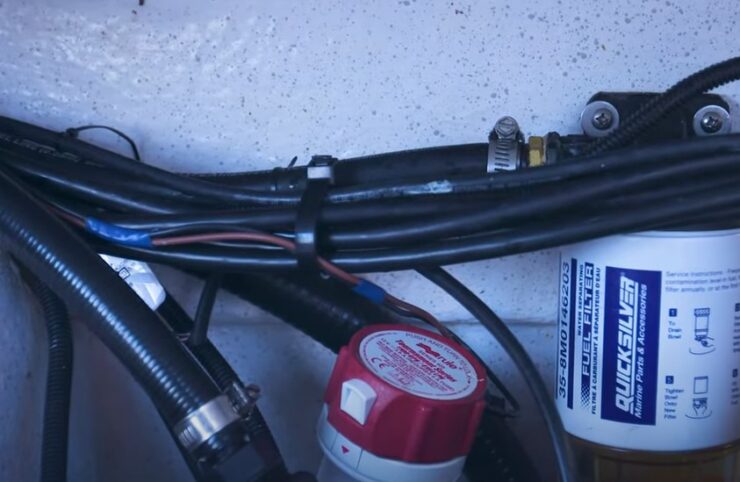
The bilge pump of your boat is located right inside the hull of your boat. The hull of your boat is in the basement. You must go to the extreme lowest point in order to find it out. However, it is not exactly at the water level. Rather, it is at a bit of greater height than that.
You may have already got an idea to locate the bilge pump. But you must carry on reading as we have got more about it here. You would come up with many useful tips!
So, get started now!
Where Do I Find It?
The bilge pump of your boat is located in the bilge of it. To be precise, the bilge pump is in the basement of your boat. You need to go down the bilge to locate the pump. When you go inside the hull of your boat, you locate it. And you need to go to the extreme lowest point to find the bilge pump.
Whether your boat is small or large, a bilge pump would retain water. Usually, you can find these bilge pumps above the line of water. It maintains a minimum height of around 8 to 9 inches in general. Because it faces difficulties if it is lower than this height. And being at greater heights might disrupt the operations of the bilge pump. Thus, its height of it is actually significant.
Remember that some boats may also have multiple bilge pumps. This is mostly at the large boats and ships. In that case, the location of the pump would be at the same place too. However, you would see that the second bilge pump would be at a greater height.
A few boats contain more than 2 bilge pumps as well. However, it is not that common to see boats with more than 2 . So, this is how you can find out the bilge pump of your boat when needed.
Why Do I Need to Look after The Bilge Pump?
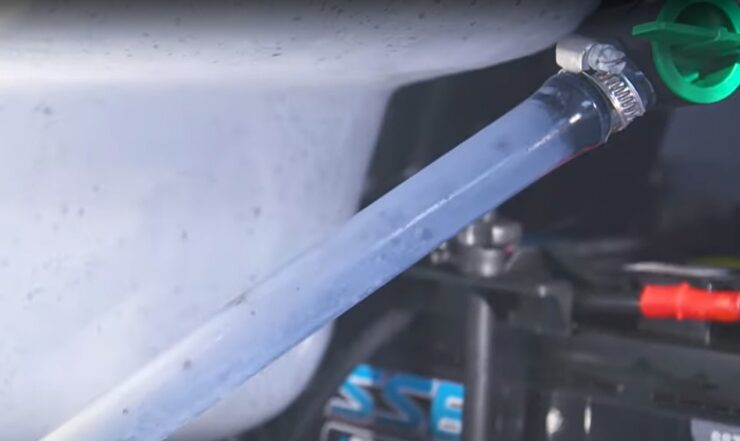
A bilge pump is a very important part of your boat you know. If you do not know about its location, it would be problematic. Because you may often have to look at and after it. And it might be very urgent or something emergency at times. So, what could be the reasons for its emergency?
Well, there are a number of reasons. But most of the reasons are more or less identical. So, let us have a look at the most crucial ones.
Reason 1: Overflow of Water on The Boat
The very first reason is the water congregation. That is, sometimes, you may notice water overflowing on your boat. And you may get nervous over it if it goes on for a long time. However, this may actually occur due to an issue with the bilge pump.
In that case, you might need to test the bilge pump yourself at the moment. According to the problem, you need to consider the solution. If it is normal like a dirt buildup then you may fix it yourself. But if it is something serious, you would definitely help.
Reason 2: Boat Stalls Suddenly
Sometimes, you may notice that your boat stalls in the middle of your ride. This may actually happen for various reasons. And one of the significant reasons for this could be the bilge pump issues. Because due to a low voltage, it might fail to operate properly.
As a result, water might be stored around the bilge pump. Following that, the pump might attract the water dirt gradually. Thus, your boat may start stalling in the middle of your ride. Other than that, there might also be corrosion of the pump wires.
As a result, your boat starts stalling. And you may also notice issues like the boat tachometer failing. So, whenever your boat stalls, you better consider checking the bilge pump.
These are a few simple reasons to keep on checking the bilge pump. Remember that it’s always better considering to check up on the bilge pump before a ride.
How Often Should I Consider Cleaning The Bilge Pump?
You already know that keeping the bilge pump clean is important for your boat. But people often forget to look after it. And most people do not even know how often to clean the bilge pump. So, you need to consider a major wash at least once a month.
In case you wonder what can be a major wash, it is washing with soap. You may use biodegradable soaps to wash the bilge pump. However, you may also consider a simple wash before you go for a ride. And after you come back, you may clean it off once again. But it does not have to be a major wash.
Wondering what type of soap to use? Here’s an idea.
Hope this helps!
Remember that the bilge pump of a brand new boat might also be dirty. So, you must look at it even if it is a new boat.
How to Understand If The Bilge Pump Is Faulty?
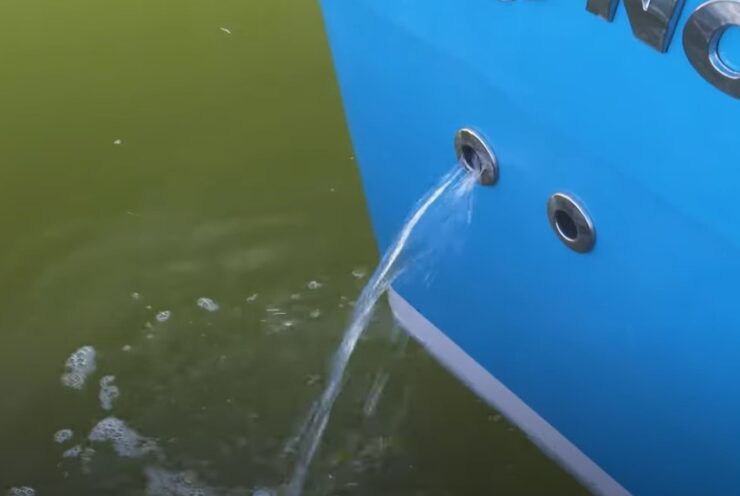
There is actually only one major symptom of a faulty bilge pump. And that is the overflow of water. Whenever you see an overflow of water in the hull, you must troubleshoot the bilge pump. And if you find it faulty, you need professional assistance.
They would try to fix the issue. However, there would be a high chance of the replacement of the bilge pump. In case your bilge pump needs to be replaced, you need to consider a budget. The approximate cost of a bilge pump would be $100.
FAQs
Can I wash a bilge pump by myself?
Yes, you can wash it of your boat yourself. To do it, you can use washing powder along with water. If you want then you use soap too. You must rinse off all the way around and then wash off with water. If you can do it at least 2 times a week, it would be better.
Can my bilge pump get faulty?
Yes, your bilge pump on your boat may get faulty over time. However, remember that these do not go bad without a reason. A very common one for this issue is a buildup of dirt for a very long time. In that case, you clean it up and see if it works or needs more treatment.
Can I fix the bilge pump myself?
Unfortunately, you may not be able to fix the bilge pump of your boat yourself. Because the issues might depend from time to time. And if it is related to something internal or mechanical, you can not fix it. However, if it is simple like dirt buildup then you may do it yourself.
Do all boats have a bilge pump?
Not all boats have a bilge pump installed, but it is highly recommended for boats of any size to have one.
How many bilge pumps should a boat have?
The number of them on a boat should have depend on the size of the boat and the amount of water it may take on. As a general rule, it is recommended to have at least two bilge pumps on board for redundancy and backup purposes.
How long can you run a bilge pump?
The length of time that a bilge pump can run depends on several factors such as the pump’s capacity, the amount of water in the bilge, and the power source that the pump is connected to.
Most bilge pumps are designed to run continuously until the water in the bilge is pumped out or the pump is turned off. However, it is important to note that running a bilge pump continuously for extended periods may cause the pump to overheat and fail prematurely.
The Final Words
Now you know where is the bilge pump located on a boat! You should not be left with any more confusion regarding this. So, one more tip here for you we got. Make sure you keep your bilge pump all the time. Whenever you finish your ride, consider a quick cleaning. This would let off any dust buildup in the bulge.
All the best with your sailing and fishing!
I’m Liam Jackson, the proud owner and driving force behind KayakPaddling.net. Born somewhere in the expansive beauty of the United States, I’ve nurtured a lifelong passion for kayaking and fishing that has led me to explore the far corners of our nation’s waterways.
Related Posts:
- 12 Best Water Socks in 2024 - Swim and Dive Tested
- 5 Best Sound Deadening Material for Boat Engine 2024…
- 16 Best Kayak For Beginners 2024 - Kayaking Adventure Gear
- 7 Symptoms Of Bad Bellows That You Need To Look Out…
- Exceeding Max HP Rating on Boat: All You Need to Know!
- Livingston Boat Modifications: Things You Can Add

